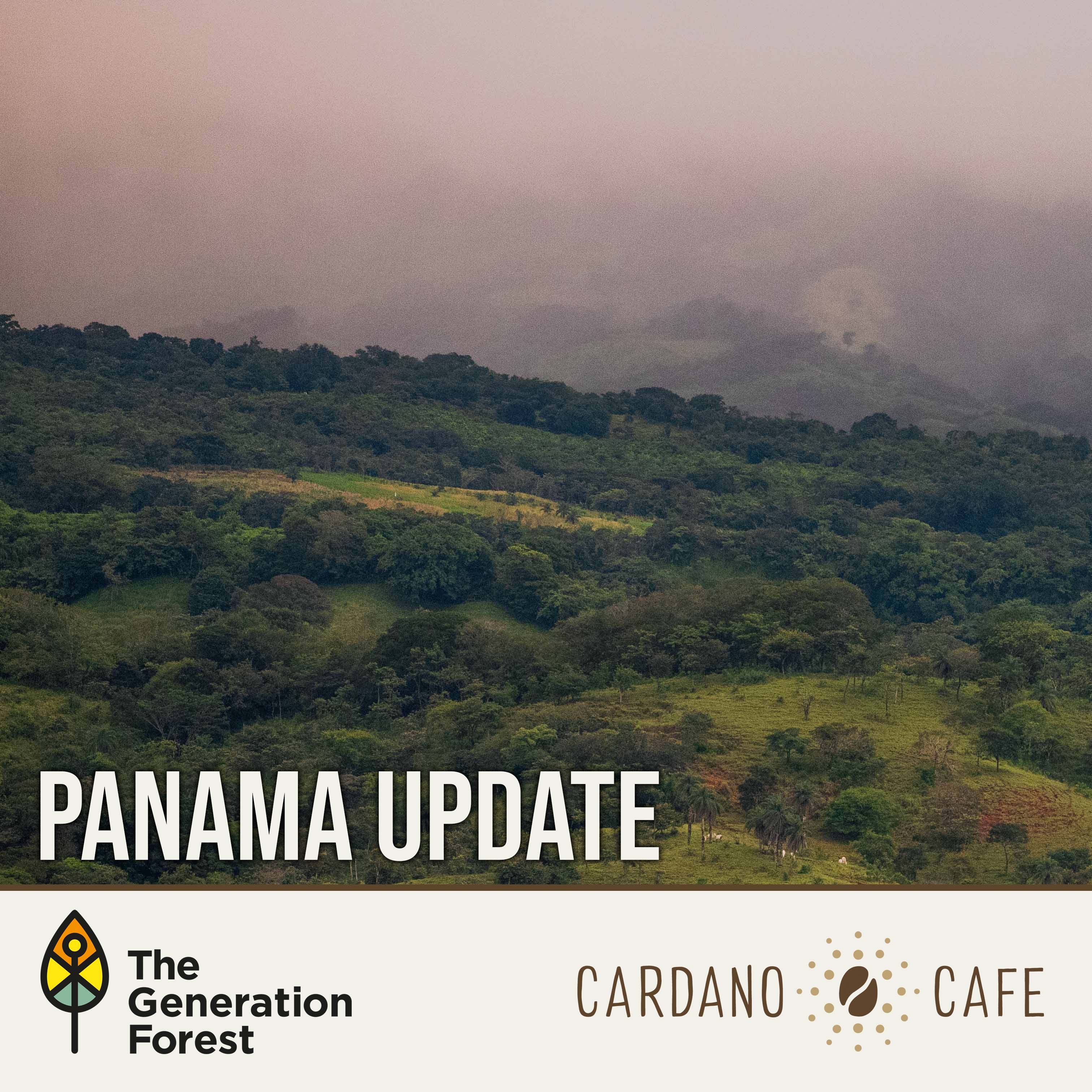
Partners
In the last update, we informed you that The Generation Forest planted over 381000 trees last year and about the different species the cooperative uses to create biodiverse forests. The statement “planting forests, not trees” seems strange, but the underlying logic is very valuable and distinguishes The Generation Forest from many reforestation projects.
The goal of The Generation Forest is not creating large numbers of trees, but rather a large number of healty forests.
Many reforestation projects communicate that they are planting a large number of trees. Critical questions must always be asked. Are we talking about a full-grown tree, a seedling or just a seed that is planted? How is it ensured that the seedling or seed will become a tree and how is it ensured that the tree has enough time to grow?
The cooperative communicates about the area of the forest because it wants to emphasize the holistic nature of a forest, which consists not only of trees, but also of the shrubs, grasses and animals that are part of the forest.
Extending communication from the forest to the tree opens up the view and creates transparency. Because in no reforestation project will every tree survive that is planted. It is no different in the generation forest. However, through good care, The Generation Forest ensures that the deforested area where the trees are planted will grow into a healthy forest over the coming decades.
So, with each share, The Generation Forest does not communicate a number of trees it will plant but an area of 500 m² it will reforest.
The Generation Forest places great emphasis on transparency and traceability. However, the members of the cooperative are spread around the world and not every member has the opportunity to view the areas in Panama on site. For this reason, all of the cooperative's areas are registered on the explorer.land platform, where you can see the land of the cooperative on satellite images.
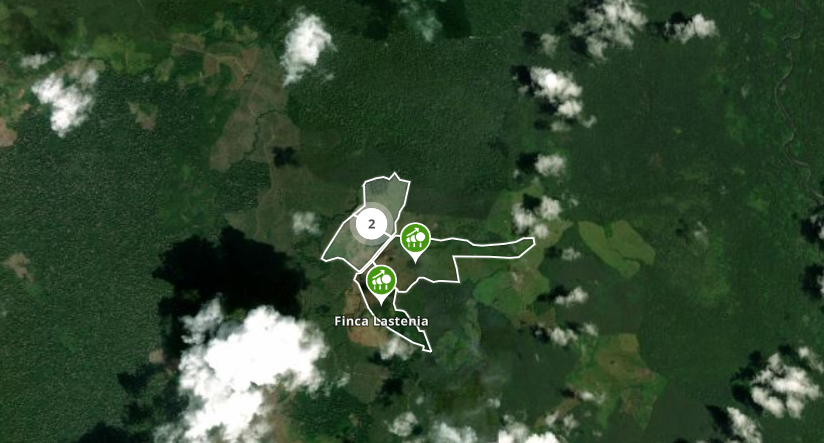
Most of the cooperative land is located in eastern Panama near the Darien Region. This area in Panama is still partly rich in natural forests. Economically, however, this region has not benefited much from the country's upswing. It is therefore even more valuable here to create an economic alternative in cooperation with nature instead of leaving deforestation and livestock farming without an alternative.
The land of the cooperative is spread and split up in smaller areas as you could see on the explorer.land platform. In total, the cooperative owns 2.367 hectare of land in Panama. A bit more than half of this land was already reforestated with species, such as those introduced in the last blog post. To be precise, until the end of 2023 the cooperative had reforested 1.207 hectares of land. Additionally, on the land of the cooperative there are more than 200 hectares natural forests, that were not planted by the cooperative but are now protected by the cooperative as the landowner. These forests have a high biodiversity and help the new forest grow faster and stronger. Therefore, the cooperative does not use them in the forestry concept but simply acts a guardian of this area. The remaining land will be reforested over the next few years and will thus develop back into a holistic ecosystem. Creating an positive impact for climate, biodiversity and the people in the region.
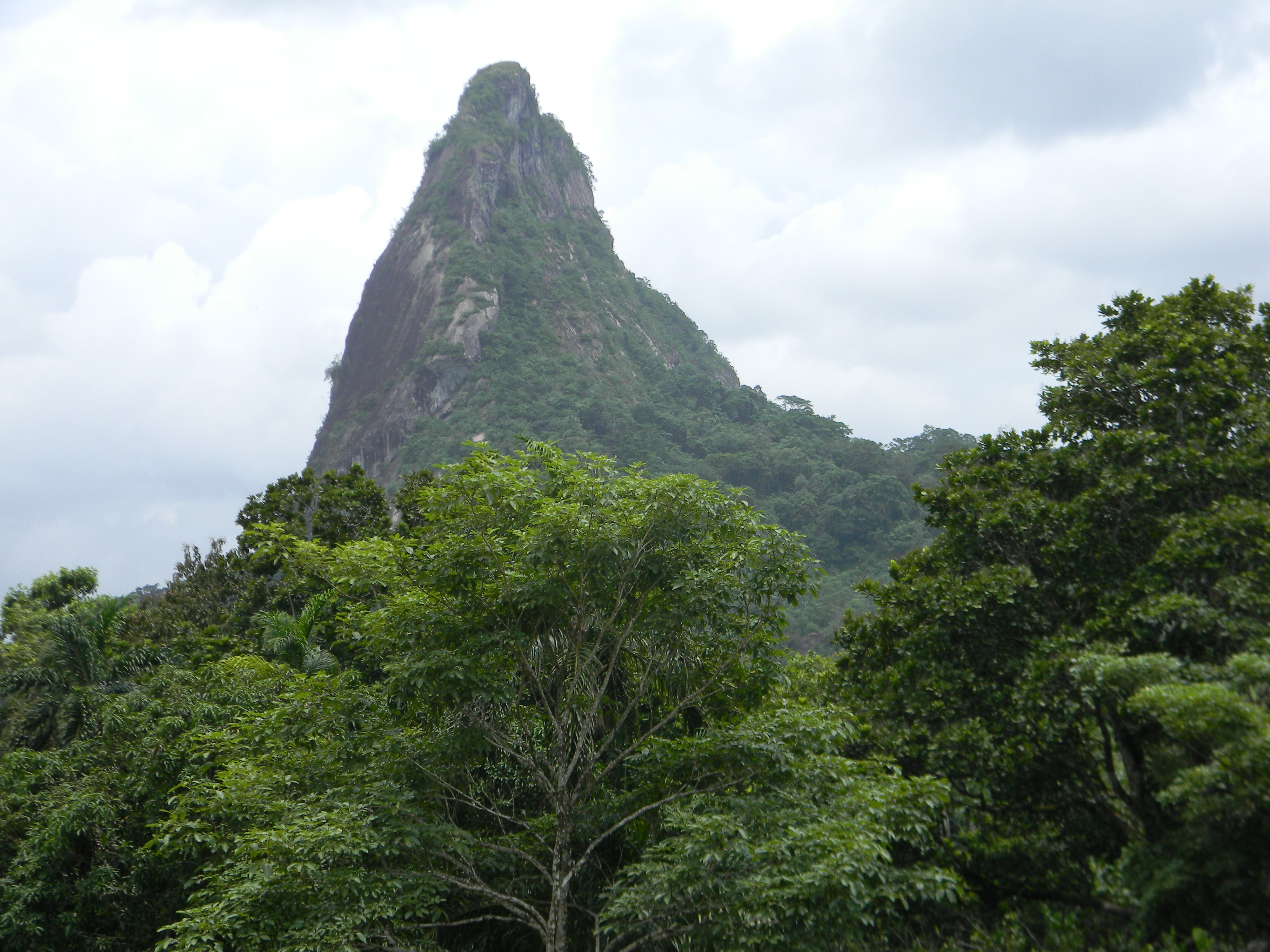

|
written by: Chris published at: Sep 26, 2024
|
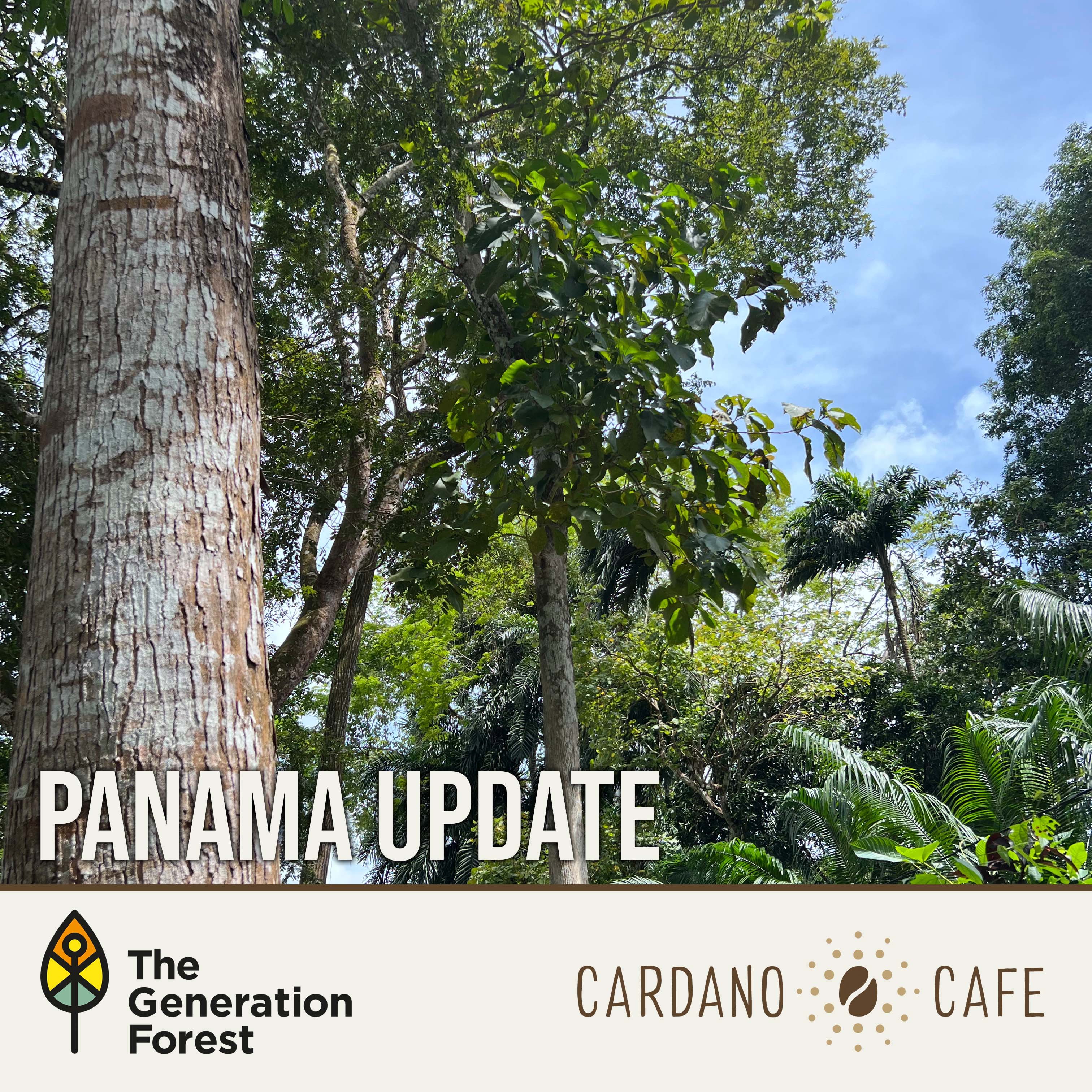
Partners
Jun 29, 2024, by Chris
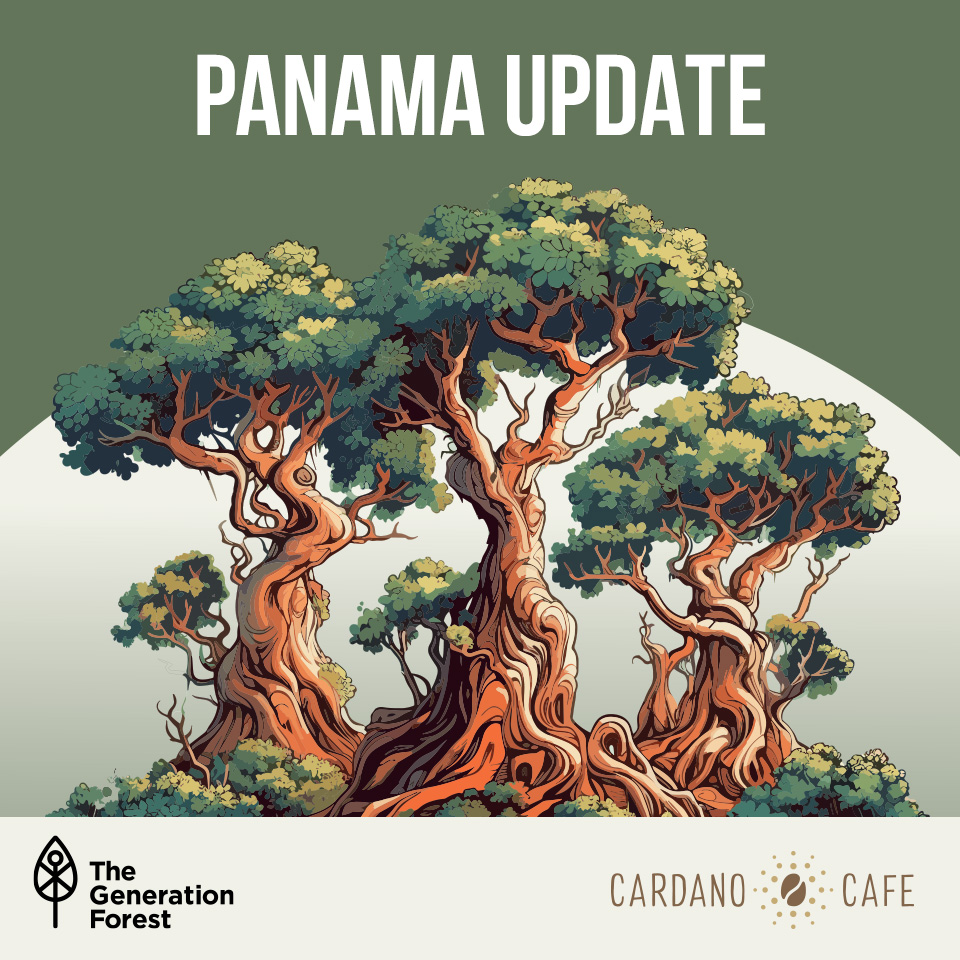
Partners
Jun 21, 2023, by Eric Hill
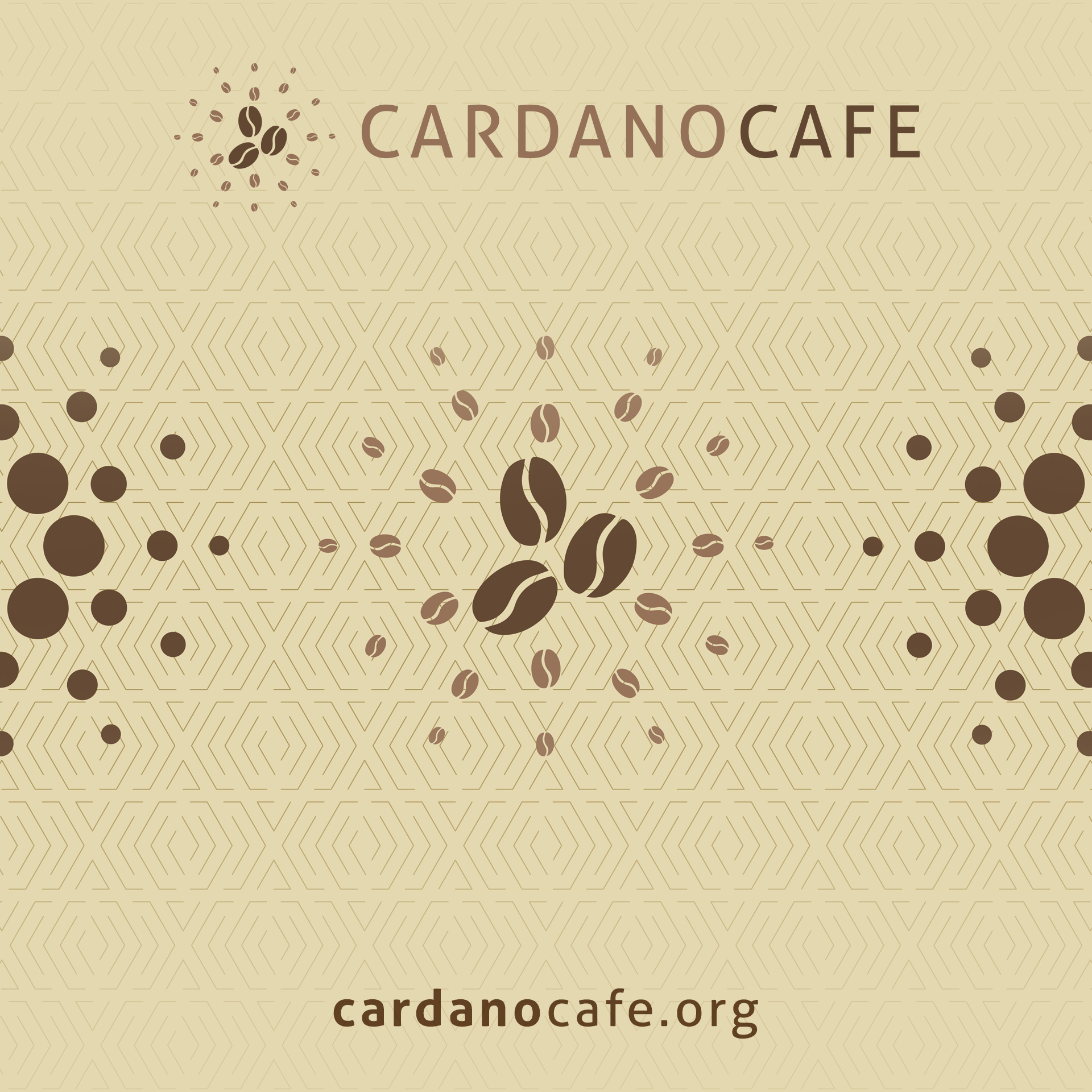
Partners
Jul 11, 2021, by Chris

Partners
May 18, 2021, by Chris